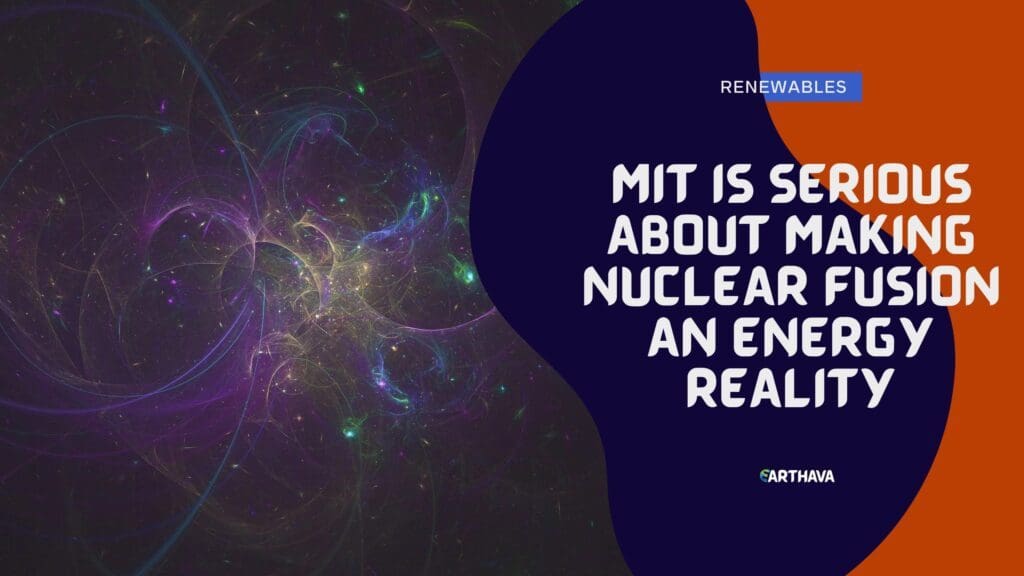Scientists have been researching nuclear fusion, not to be confused with the nuclear fission of nuclear power plants, for decades. It has the potential to produce vast amounts of energy reliably, efficiently, and with zero carbon emissions.
Harnessing the powerful nuclear fusion process into a viable technology, though, has proven to be difficult. As of yet, scientists have not created a nuclear fusion device that produces more energy than it consumes.
Researchers at MIT are confident they can make using nuclear fusion for energy production a reality — one that just might save us from the impacts of global climate change.

Forging a New Partnership
The Massachusetts Institute of Technology (MIT) in Cambridge recently announced that it is partnering with a private Massachusetts-based company on a new nuclear fusion project. If the effort is successful, MIT says, we could be using nuclear fusion for energy production in 15 years.
MIT will work with Commonwealth Fusion Systems (CFS), which has attracted a $50 million investment from the Italian energy company Eni. $30 million of that will go toward the MIT project, which has been named Sparc.
If this experiment succeeds, it will be a critical breakthrough in energy research.
What is Nuclear Fusion?
Nuclear fusion is the power source used by the sun, other stars, and hydrogen bombs. That should give you an idea of how powerful it is.
In contrast to fission, which is the splitting of atoms, fusion is the combining of the nuclei of two types of hydrogen atoms, deuterium (deuteron) and tritium (triton). When these nuclei combine, they create hydrogen and a massive amount of energy. It also does not generate waste like nuclear fission or carbon emissions like fossil fuels.
On the sun, the process relies on gravity to create the extreme temperatures that cause the fusion to occur. To create these temperatures on Earth, scientists have used powerful magnets. These magnets hold the hot plasma fuel in place and keep it from touching the chamber in which it’s contained. As of yet, these systems have been too large, expensive, and inefficient for viable commercial use.
A New Approach
The MIT and CFS researchers plan to use a new high-temperature superconducting material to create stronger yet smaller magnets. These stronger magnets will enable them to squeeze the fuel more tightly and hopefully make the system less complicated, easier to maintain, more cost-efficient and more energy-efficient.
The project will first seek to transform the superconductor into an electromagnetic, which may require around three years. Within the next 10 years, the researchers aim to create a prototype that produces more energy than it uses. After that, the next goal will be to build a pilot power plant that will be able to generate 200 megawatts of electricity and send it to the grid.
Creating the technology will be a challenge, but the scientists are confident that if they do so, they’ll achieve the results they’re looking for. Those results could change the way we use energy and enable us to produce power without the damaging impacts of today’s technologies.
Nuclear Fusion Around the World
The U.S. Department of Energy has contributed substantially to nuclear fusion research up to this point by providing funding. The Trump administration, however, has cut back on this funding, making this privately funded research all the more important.
Many other nuclear fusion experiments are also underway around the world. The International Thermonuclear Experimental Reactor project is one of the largest and is backed by the United States, the European Union, Japan, China, India, Russia, and South Korea. Other projects are ongoing elsewhere in the United States, the United Kingdom, Germany, China, and many other places.
These projects all have significant potential and stand to enable plentiful, reliable, and clean energy. This new experiment from MIT and CFS looks like it may be one of the most promising yet.


